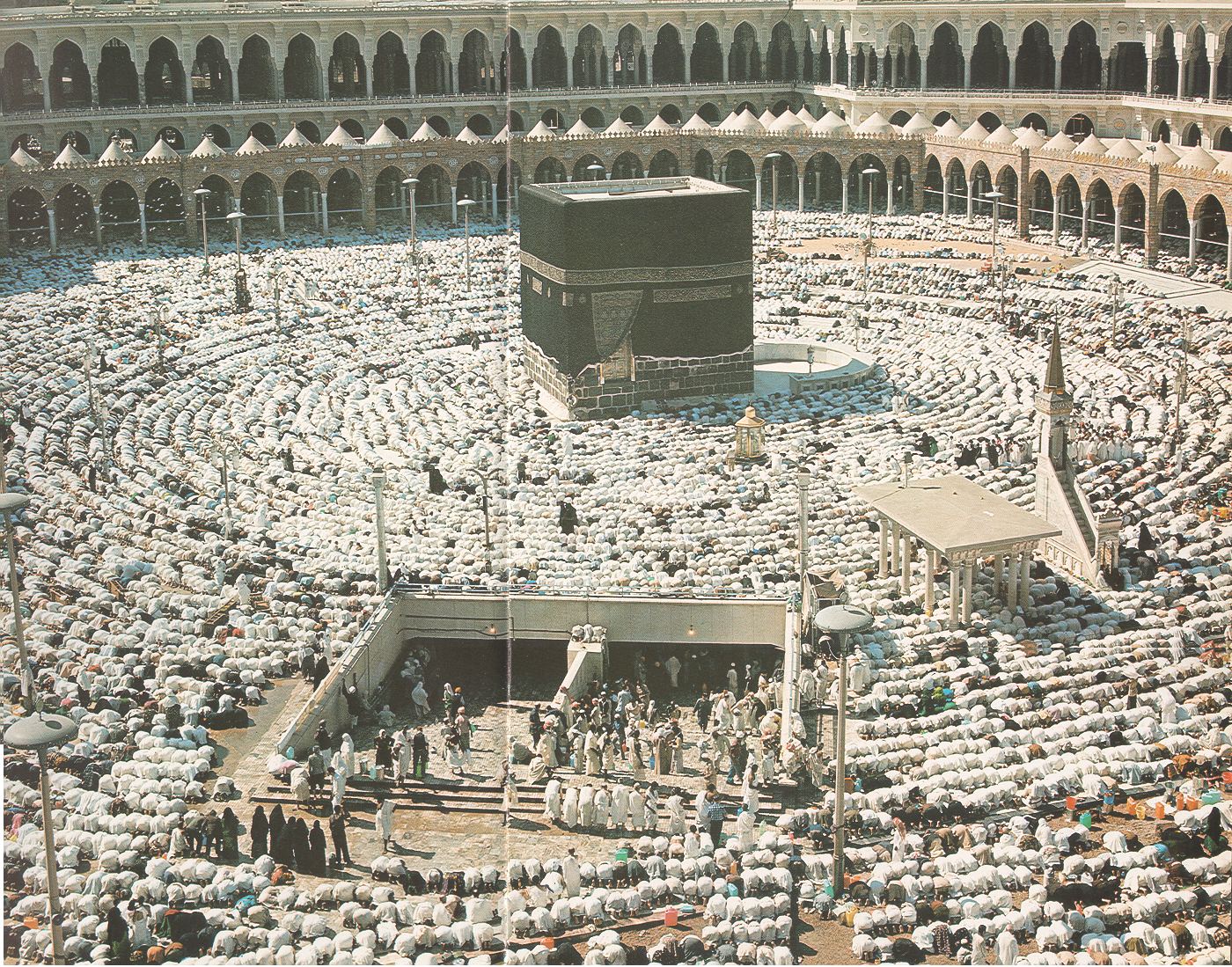'It is a miracle... can be likened to the building of the Gothic cathedrals of Europe... There is no doubt that London has acquired a significant new building of traditional Indian beauty and interest... We can be grateful that this has happened in a part of London that needed transforming.'
"By day, London's magnificent Hindu temple is impressive enough, but at night it becomes a truly wondrous sight. It is likely to become one of London's tourist attractions alongside its role as a place of worship..."
"Little short of a genie from a magic lamp could explain how, amid the unremarkable houses and offices that are Neasden in north London, the depressing landscape suddenly explodes upwards into an astonishing temple from the East. Neasden's new mandir looks as if it has been transported on a magic carpet -- this spectacular temple in such unlikely surroundings."
"If ever a place needed a miracle, however, Wembley is it... The miracle has happened. No non-Christian religious organisation in Britain has built with such confidence in the long-term future. It is a beautiful building that enriches London enormously. A vision that beggars belief - a new Hindu temple of historic stature and beauty, a strange and exotic magnificence."
"Something altogether extraordinary has happened in Neasden. There has been an almighty outbreak of Hindu faith. Its the sort that political parties can only dream of harnessing when they talk of community. Whole families have given months, some years, of their time. Bankers have turned electricians, accountants have laid drains. Some have given up their jobs. Solicitors, doctors and architects have sacrificed annual holidays and been assigned by saints what might be seen as labour. Women cook and organise the festivities. Children play their part".
"The new temple in Neasden is a remarkable building by any aesthetic standard and it will probably become one of the sights of London. Amongst other things, the temple is a monument to family values. Visitors have been amazed by the exquisite craftsmanship involved. But this is not just an aesthetic treat in the most unlikely of venues: It is a symbol of the coming of age of Britain's Hindu community."
"It would, I think, appear unlikely and wonderful wherever it was. But in Neasden, it is like an epiphany. The profusion of the carving, so startling at first, is even more startling close up".
"A startling sight... The whole project illustrates the possibilities of drawing on India as the crafts workshop of the world. Indian craftsmen can make almost anything... Asian communities deserve the gratitude of all of us for ornamenting our suburban wastes, for providing us with case studies in the architecture of cultural identity and continuity. The Swaminarayan Mandir serves as a point of reference, a miraculous extreme. A warning against bland assumptions about the inevitability of industrialised and commercialised building production, the gleaming shikaras of Neasden will stand witness to what is possible..."
That is how the British press -- The Times, The Guardian, The Independent, The Telegraph, and others -- wrote last August about the new Swaminarayan Temple in London.





























 . The massive structures surrounding the first temple ( located at the centre of the photos ) are gateways . They have an interesting story behind them . Each king after the first wanted to build something bigger than his predecessors . Alterations to the original temple could not be made , because it was a sacred place , so each king just built bigger and bigger gateways to the temple , as seen by the concentric walls surrounding it . You can spend days exploring just one gateway - the carvings in it are as good as the ones in the Delhi temple . I know , because I've seen them myself .
. The massive structures surrounding the first temple ( located at the centre of the photos ) are gateways . They have an interesting story behind them . Each king after the first wanted to build something bigger than his predecessors . Alterations to the original temple could not be made , because it was a sacred place , so each king just built bigger and bigger gateways to the temple , as seen by the concentric walls surrounding it . You can spend days exploring just one gateway - the carvings in it are as good as the ones in the Delhi temple . I know , because I've seen them myself .




















